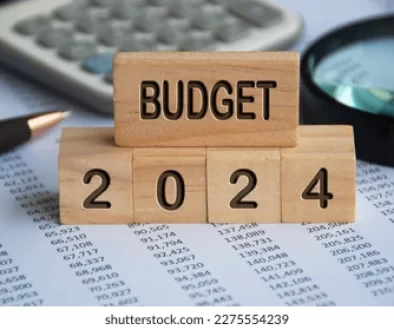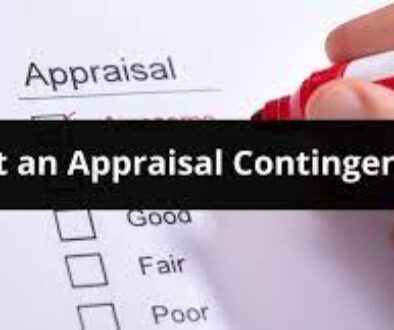Primary Mortgage Market
Primary Mortgage Market
As you shop around for a mortgage, you become an important part of the primary mortgage market. As a borrower, you can shop around for the best available rate to obtain a mortgage loan from a primary lender.
Home buyers are a critical part of a healthy primary mortgage market. Here’s what you need to know about it.
What Is The Primary Mortgage Market?
The primary mortgage market is where prospective homeowners connect with primary lenders to secure mortgages for both owner-occupant and investment properties. The primary mortgage market is where home loans originate before they’re sold to investors in the secondary mortgage market.
For borrowers who are buying a house, the primary mortgage market is designed to help home buyers like you achieve your goal of homeownership. From the moment you make contact with a lender for a preapproval, you are a player in the primary mortgage market. As you move through the rest of the home buying process, you’ll work with a lender in the primary mortgage market until you close on the property.
Primary Mortgage Market Example
Let’s say you’re ready to buy your first home. You’ve built up some savings for a down payment and worked on your credit score in order to qualify for a Federal Housing Administration (FHA) loan At this point, you decide to start shopping around for a home and a lender. With that, you’ll enter the primary mortgage market as a borrower seeking out the right lender for your situation.
Types Of Lenders In The Primary Mortgage Market
The primary mortgage market is not a one-size-fits-all scene. Instead, there are several types of lenders involved to help borrowers of all kinds obtain the mortgage they desire.
Here are the types of primary lenders that provide mortgage loans in the primary mortgage market.
- Mortgage banker: This is an entity or individual that provides mortgages to borrowers with their own funds or borrowed funds.
- Mortgage broker: A mortgage broker works to connect borrowers with potential lenders. Essentially, mortgage brokers are the liaisons that help borrowers find a lender.
- Commercial banks: Commercial banks are financial institutions that provide banking products, such as checking and savings accounts, to their customers. Additionally, commercial banks can provide mortgage loans as a part of the primary mortgage market.
- Credit unions: Credit unions are financial institutions that are operated as not-for-profit organizations. Like for-profit financial institutions, credit unions can provide mortgage loans to borrowers.
- Savings and loans associations: Savings and loans associations are similar to traditional financial institutions. With that, these entities can accept savings deposits and provide mortgage loans.
The lenders above are each a part of the primary mortgage market. However, there are some organizations that are often thought of as primary mortgage lenders that are, in fact, not primary lenders. The most pressing examples are the federally backed home mortgage companies Fannie Mae and Freddie Mac.
Fannie Mae and Freddie Mac do not originate their own loans in the primary mortgage market. Instead, these entities buy loans issued through lenders in the secondary market.
The primary mortgage market is composed of a wide array of lenders. But not all lenders are created equally. With that, it’s important to take some time to learn how to choose a mortgage lender. The right mortgage lender can make the experience more enjoyable.
See What You Qualify For
Advantages Of The Primary Mortgage Market
Home buyers who borrow from a primary lender benefit from:
Small Down Payment Requirements
While a down payment of 20% is considered to be the standard for mortgages, many lenders in the primary mortgage market will allow home buyers to put down much less than that. The exact amount a home buyer can vary, and a down payment of less than 20% will require the buyer to take out private mortgage insurance. Still, the ability to put down a smaller amount upfront makes homeownership attainable for more people.
Low Closing Costs
Mortgage originators, which make up a large portion of primary lenders, are typically able to offer lower closing costs since all the underwriting and documentation is done in-house.
Primary Vs. Secondary Mortgage Market
The primary mortgage market is centred entirely around borrowers looking for their mortgage lender. The secondary mortgage market is an entirely different beast.
Within the secondary mortgage market, investors buy and sell existing mortgages created by the primary mortgage market which are packaged within mortgage backed securities. Once the mortgage has closed, the loan enters the secondary mortgage market.
The purpose of the secondary mortgage market is to keep interest rates low. This is accomplished when investors buy guaranteed mortgages from lenders. At that point, the primary lender has more capital available to lend to another borrower and allows the cycle to continue. Without the secondary mortgage market, lenders would be crunched for capital to lend home buyers, which would likely lead to increased interest rates.
So, as a potential home buyer, you will benefit from the cycle that allows lenders to keep their interest rates as low as possible. Once you close on a mortgage loan, the primary lender will likely sell your loan within the secondary mortgage market.
The Bottom Line: Financing Homeownership Happens In The Primary Mortgage Market
As you seek to understand the mortgage loan process, the primary mortgage market is a critical piece of the puzzle. Without the primary mortgage market, the real estate industry would grind to a screeching halt. Borrowers who need the help of a lender to achieve their goal of homeownership will find what they’re looking for in the primary mortgage market.




